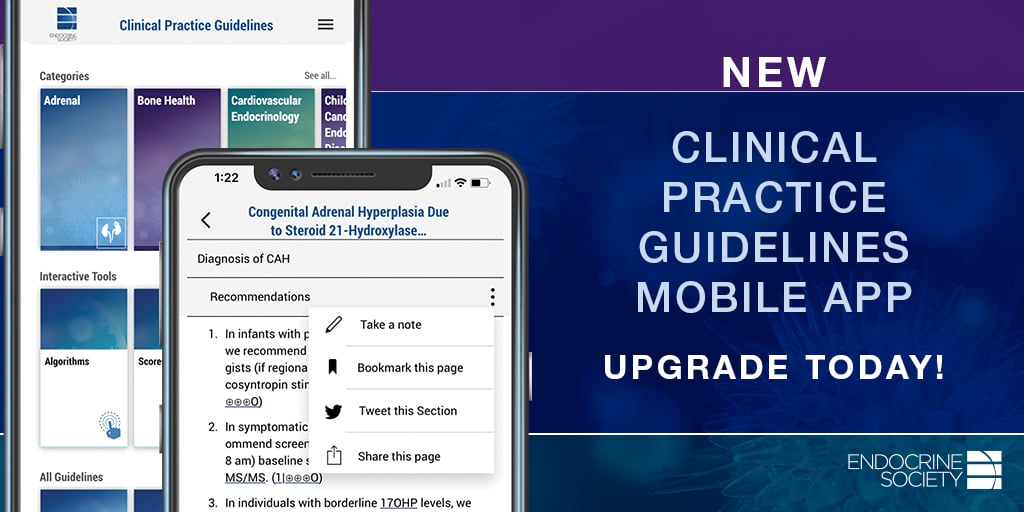Full Guideline: Androgen Therapy in Women: A Reappraisal: An Endocrine Society Clinical Practice Guideline
JCEM October 2014
Margaret E. Wierman, Wiebke Arlt, Rosemary Basson, Susan R. Davis, Karen K. Miller, Mohammad H. Murad, William Rosner, Nanette Santoro
Objective:
To update practice guidelines for the therapeutic use of androgens in women.
Conclusions:
- We continue to recommend against making a diagnosis of androgen deficiency syndrome in healthy women because there is a lack of a well-defined syndrome, and data correlating androgen levels with specific signs or symptoms are unavailable.
- We recommend against the general use of T for the following indications: infertility; sexual dysfunction other than hypoactive sexual desire disorder; cognitive, cardiovascular, metabolic, or bone health; or general well-being.
- We recommend against the routine use of dehydroepiandrosterone due to limited data concerning its effectiveness and safety in normal women or those with adrenal insufficiency.
- We recommend against the routine prescription of T or dehydroepiandrosterone for the treatment of women with low androgen levels due to hypopituitarism, adrenal insufficiency, surgical menopause, pharmacological glucocorticoid administration, or other conditions associated with low androgen levels because there are limited data supporting improvement in signs and symptoms with therapy and no long-term studies of risk.
- Evidence supports the short-term efficacy and safety of high physiological doses of T treatment of postmenopausal women with sexual dysfunction due to hypoactive sexual desire disorder.
- Importantly, endogenous T levels did not predict response to therapy. At present, physiological T preparations for use in women are not available in many countries including the United States, and long-term safety data are lacking.
- We recommend that any woman receiving T therapy be monitored for signs and symptoms of androgen excess.
- We outline areas for future research.
- Ongoing improvement in androgen assays will allow a redefinition of normal ranges across the lifespan; this may help to clarify the impact of varying concentrations of plasma androgens on the biology, physiology, and psychology in women and lead to indications for therapeutic interventions.
 Read the Full Guideline
Read the Full Guideline
